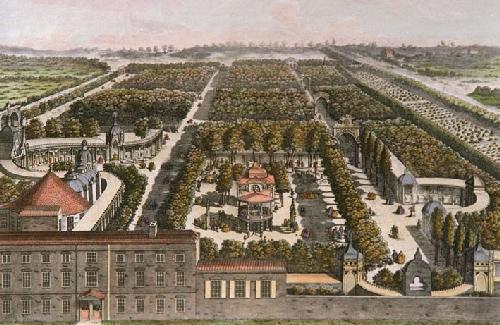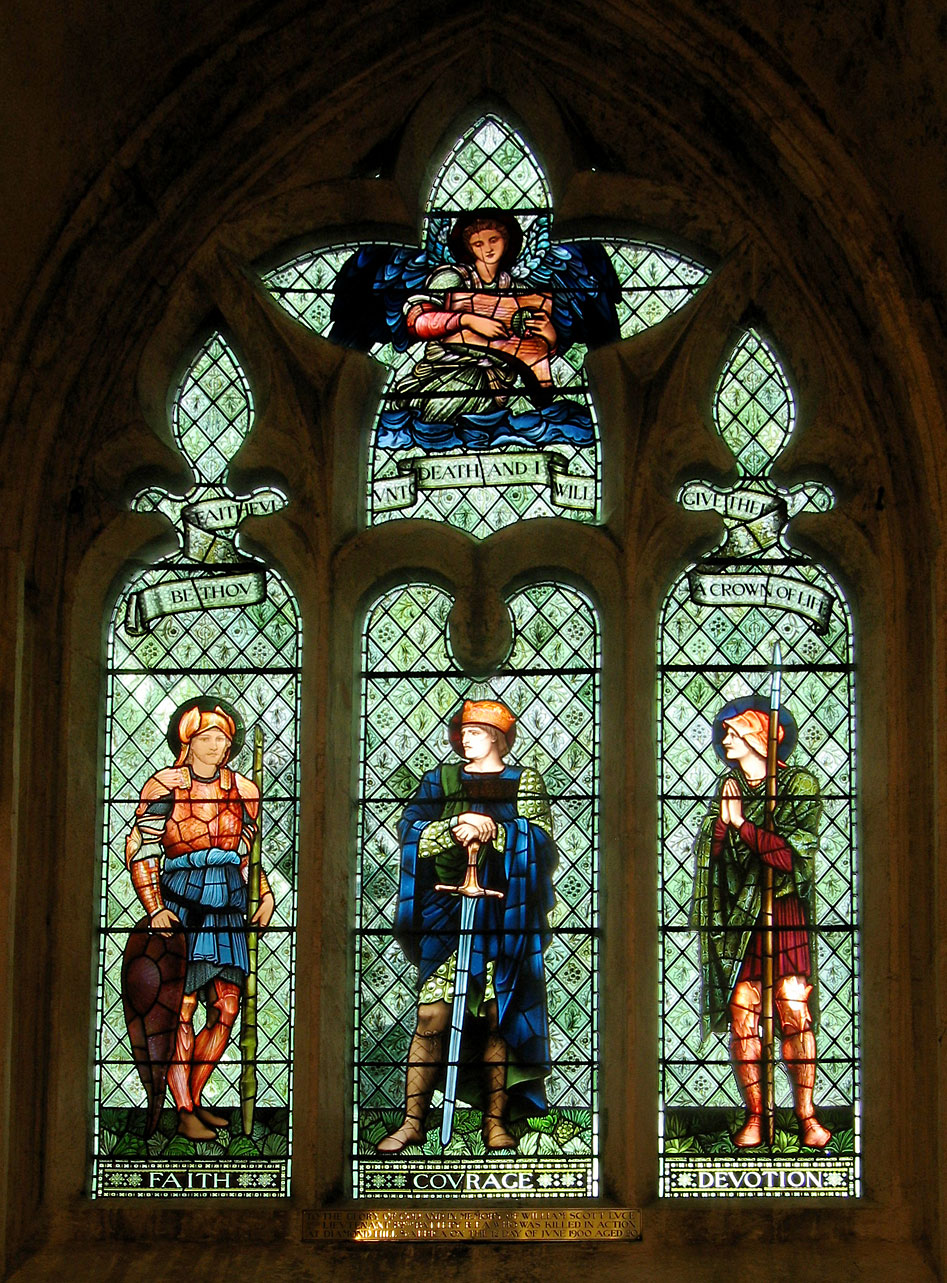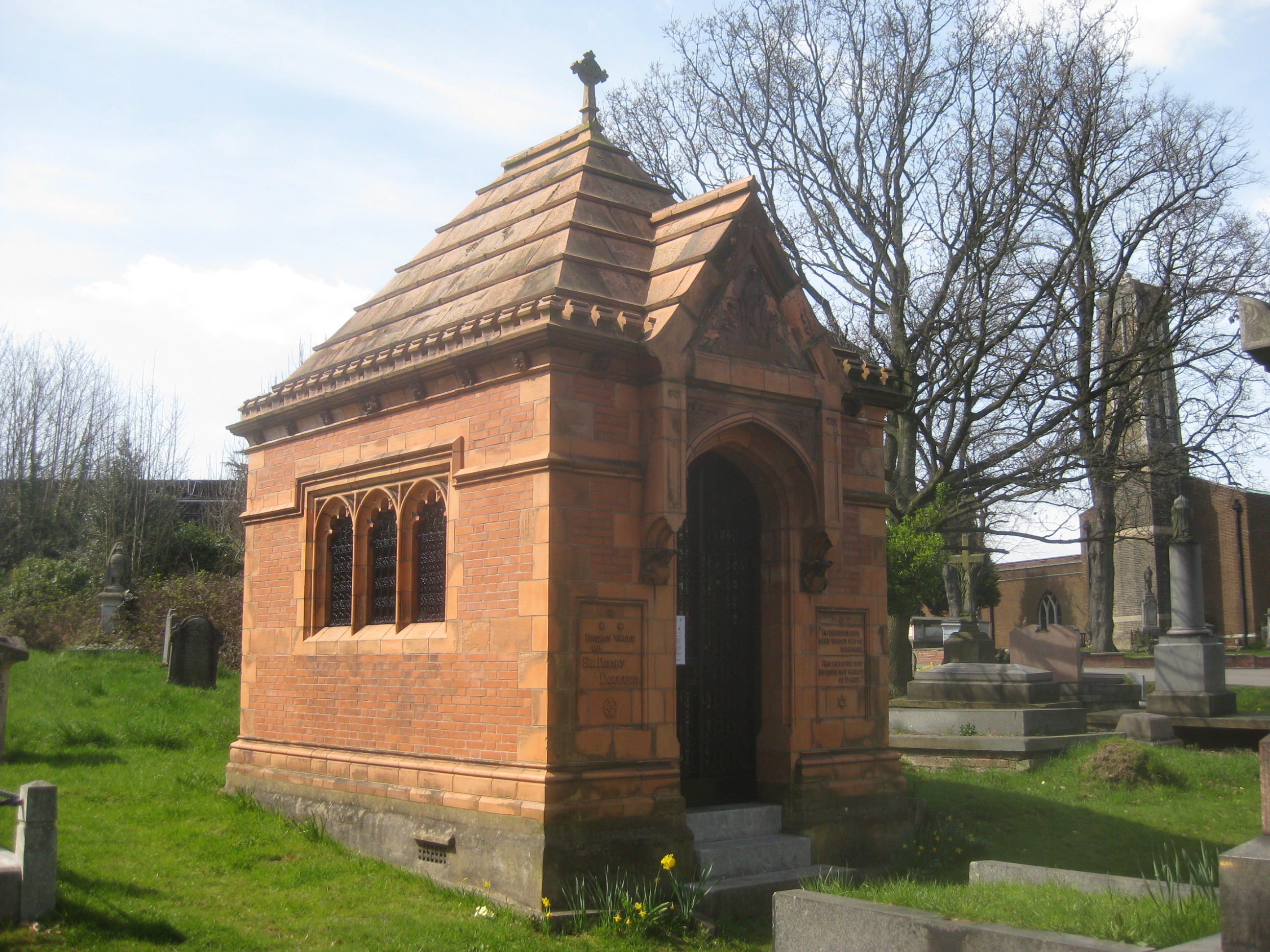|
City And Guilds Art School
Founded in 1854 as the Lambeth School of Art, the City and Guilds of London Art School is a small specialist art college located in central London, England. Originally founded as a government art school, it is now an independent, not-for-profit charity, and is one of the country's longest established art schools. It offers courses ranging from art and design Foundation, through to BA (Hons) undergraduate degrees and MA postgraduate courses in fine art, carving, conservation, and art histories. In addition, it offers the only undergraduate and postgraduate degrees in Britain in stone and wood carving: historic architectural stone and ornamental woodcarving and gilding. The Art School is housed in a row of Georgian buildings in London's Kennington district, as well as in an adjoining converted warehouse building close to the south bank of the river Thames. History Foundation in the 19th century The City and Guilds of London Art School was founded in 1854 by the Reverend Robert Gr ... [...More Info...] [...Related Items...] OR: [Wikipedia] [Google] [Baidu] |
Ravensbourne (college)
Ravensbourne University London (formerly Ravensbourne College of Design and Communication) is a digital media and design university, with vocational courses in fashion, television and broadcasting, interactive product design, architecture and environment design, graphic design, animation, moving image, music production for media and sound design. Ravensbourne was established in 1962 by the amalgamation of Bromley School of Art, Sidcup School of Art and Beckenham School of Art. It was originally at Bromley Common and later at Chislehurst and on the Greenwich Peninsula in Inner London, where it opened a new campus in autumn 2010. The college is named for the River Ravensbourne, which flows from Bromley Common to Greenwich. History Bromley School of Art opened in 1878 in a new building in Tweedy Road, Bromley that later became Bromley Library; after the Second World War it became Bromley College of Art. In 1959 it became Bromley Technical College after a merger with the Depart ... [...More Info...] [...Related Items...] OR: [Wikipedia] [Google] [Baidu] |
Vauxhall Gardens
Vauxhall Gardens is a public park in Kennington in the London Borough of Lambeth, England, on the south bank of the River Thames. Originally known as New Spring Gardens, it is believed to have opened before the Restoration of 1660, being mentioned by Samuel Pepys in 1662. From 1785 to 1859, the site was known as Vauxhall, a pleasure garden and one of the leading venues for public entertainment in London from the mid-17th century to the mid-19th century. The Gardens consisted of several acres of trees and shrubs with attractive walks. Initially entrance was free, with food and drink being sold to support the venture. It was accessed by boat until the erection of Vauxhall Bridge in the 1810s. The area was absorbed into the metropolis as the city expanded in the early to mid-19th century. The site became Vauxhall Gardens in 1785 and admission was charged for its attractions. The Gardens drew enormous crowds, with its paths being noted for romantic assignations. Tightrope wal ... [...More Info...] [...Related Items...] OR: [Wikipedia] [Google] [Baidu] |
Imperial College London
Imperial College London (legally Imperial College of Science, Technology and Medicine) is a public research university in London, United Kingdom. Its history began with Prince Albert, consort of Queen Victoria, who developed his vision for a cultural area that included the Royal Albert Hall, Victoria & Albert Museum, Natural History Museum and royal colleges. In 1907, Imperial College was established by a royal charter, which unified the Royal College of Science, Royal School of Mines, and City and Guilds of London Institute. In 1988, the Imperial College School of Medicine was formed by merging with St Mary's Hospital Medical School. In 2004, Queen Elizabeth II opened the Imperial College Business School. Imperial focuses exclusively on science, technology, medicine, and business. The main campus is located in South Kensington, and there is an innovation campus in White City. Facilities also include teaching hospitals throughout London, and with Imperial College Healthcare ... [...More Info...] [...Related Items...] OR: [Wikipedia] [Google] [Baidu] |
City And Guilds Of London Institute
The City and Guilds of London Institute is an educational organisation in the United Kingdom. Founded on 11 November 1878 by the City of London and 16 livery companies – to develop a national system of technical education, the institute has been operating under royal charter (RC117), granted by Queen Victoria, since 1900. The Prince of Wales, later King Edward VII, was appointed the first president of the institute. The City and Guilds of London Institute is also a registered charity (no. 312832) and is the awarding body for City & Guilds and ILM qualifications, offering many accredited qualifications mapped onto the Regulated Qualifications Framework (RQF). The institute's president is the Princess Royal who accepted this role in June 2011 (following her father the Duke of Edinburgh, who held the position for nearly 60 years), and the Chairman of Council is Sir John Armitt, who took office in November 2012. The City & Guilds Group is the market facing brand for the organisat ... [...More Info...] [...Related Items...] OR: [Wikipedia] [Google] [Baidu] |
Morris And Co
Morris, Marshall, Faulkner & Co. (1861–1875) was a furnishings and decorative arts manufacturer and retailer founded by the artist and designer William Morris with friends from the Pre-Raphaelites. With its successor Morris & Co. (1875–1940) the firm's medieval-inspired aesthetic and respect for hand-craftsmanship and traditional textile arts had a profound influence on the decoration of churches and houses into the early 20th century. Although its most influential period was during the flourishing of the Arts and Crafts Movement in the 1880s and 1890s, Morris & Co. remained in operation in a limited fashion from World War I until its closure in 1940. The firm's designs are still sold today under licences given to Sanderson & Sons, part of the Walker Greenbank wallpaper and fabrics business (which owns the "Morris & Co." brand,) and to Liberty of London. Early years Morris, Marshall, Faulkner & Co., "Fine Art Workmen in Painting, Carving, Furniture and the Metals", wa ... [...More Info...] [...Related Items...] OR: [Wikipedia] [Google] [Baidu] |
William Morris
William Morris (24 March 1834 – 3 October 1896) was a British textile designer, poet, artist, novelist, architectural conservationist, printer, translator and socialist activist associated with the British Arts and Crafts Movement. He was a major contributor to the revival of traditional British textile arts and methods of production. His literary contributions helped to establish the modern fantasy genre, while he helped win acceptance of socialism in ''fin de siècle'' Great Britain. Morris was born in Walthamstow, Essex, to a wealthy middle-class family. He came under the strong influence of medievalism while studying Classics at Oxford University, there joining the Birmingham Set. After university, he married Jane Burden, and developed close friendships with Pre-Raphaelite artists Edward Burne-Jones and Dante Gabriel Rossetti and with Neo-Gothic architect Philip Webb. Webb and Morris designed Red House in Kent where Morris lived from 1859 to 1865, before moving t ... [...More Info...] [...Related Items...] OR: [Wikipedia] [Google] [Baidu] |
John Henry Dearle
John Henry Dearle (22 August 1859 – 15 January 1932) was a British textile and stained-glass designer trained by the artist and craftsman William Morris who was much influenced by the Pre-Raphaelite Brotherhood. Dearle designed many of the later wallpapers and textiles released by Morris & Co., and contributed background and foliage patterns to tapestry designs featuring figures by Edward Burne-Jones and others. Beginning in his teens as a shop assistant and then design apprentice, Dearle rose to become Morris & Co.'s chief designer by 1890, creating designs for tapestries, embroidery, wallpapers, woven and printed textiles, stained glass, and carpets. Following Morris's death in 1896, Dearle was appointed Art Director of the firm, and became its principal stained glass designer on the death of Burne-Jones in 1898. Morris's reputation overshadowed Dearle's work throughout Dearle's career: Dearle exhibited early patterns under Morris's name and Dearle designs continue to be ... [...More Info...] [...Related Items...] OR: [Wikipedia] [Google] [Baidu] |
Art Nouveau
Art Nouveau (; ) is an international style of art, architecture, and applied art, especially the decorative arts. The style is known by different names in different languages: in German, in Italian, in Catalan, and also known as the Modern Style (British Art Nouveau style), Modern Style in English. It was popular between 1890 and 1910 during the Belle Époque period, and was a reaction against the academic art, eclecticism and historicism of 19th century architecture and decoration. It was often inspired by natural forms such as the sinuous curves of plants and flowers. Other characteristics of Art Nouveau were a sense of dynamism and movement, often given by asymmetry or whiplash lines, and the use of modern materials, particularly iron, glass, ceramics and later concrete, to create unusual forms and larger open spaces.Sembach, Klaus-Jürgen, ''L'Art Nouveau'' (2013), pp. 8–30 One major objective of Art Nouveau was to break down the traditional distinction between fine ... [...More Info...] [...Related Items...] OR: [Wikipedia] [Google] [Baidu] |
Annual International Exhibitions (London 1871–74)
Each year from 1871 to 1874 an Annual International Exhibition was held in London. These followed on from the 1851 Great Exhibition of the Works of Industry of All Nations and the 1862 International Exhibition A world's fair, also known as a universal exhibition or an expo, is a large international exhibition designed to showcase the achievements of nations. These exhibitions vary in character and are held in different parts of the world at a specif ... in London, and the many international exhibitions which had been held in various countries since 1851. The first received over a million visitors and made a profit, but the subsequent three had fewer visitors and all made a loss. Details of the 1873 Exhibition, officially described as ''London Annual International Exhibition of all fine arts, industries and inventions'', are quoted in this source. Colonial Exhibitions Colonial contributions to the annual international exhibitions in London were primarily contained in ... [...More Info...] [...Related Items...] OR: [Wikipedia] [Google] [Baidu] |
1867 Paris Exhibition
The International Exposition of 1867 (french: Exposition universelle 'art et d'industriede 1867), was the second world's fair to be held in Paris, from 1 April to 3 November 1867. A number of nations were represented at the fair. Following a decree of Emperor Napoleon III, the exposition was prepared as early as 1864, in the midst of the renovation of Paris, marking the culmination of the Second French Empire. Visitors included Tsar Alexander II of Russia, a brother of the King William and Otto von Bismarck of Prussia, Prince Metternich and Franz Josef of Austria, Ottoman Sultan Abdülaziz, and the Khedive of Egypt Isma'il. Conception In 1864, Napoleon III issued a decree stating that an international exposition should be held in Paris in 1867. A commission was appointed with Prince Jerome Napoleon as president, under whose direction the preliminary work began. The site chosen for the Exposition Universelle of 1867 was the Champ de Mars, the great military parade ground ... [...More Info...] [...Related Items...] OR: [Wikipedia] [Google] [Baidu] |
Henry Doulton
Sir Henry Doulton (25 July 1820 – 18 November 1897) was an English businessman, inventor and manufacturer of pottery, instrumental in developing the firm of Royal Doulton. Life Born in Vauxhall, Henry was the second of the eight children of John Doulton (1793–1873), a pottery manufacturer, and his wife, Jane Duneau, a widow from Bridgnorth in Shropshire. His brother, Frederick Doulton, became Member of Parliament for Lambeth from 1862 until 1868. His father had become a partner in a pottery business in 1815 but Henry was the most academic of his children. Henry spent two years at the University College School where he developed a love of literature. His father had thought Henry the least likely to join the family business, perhaps being destined for a profession, but in 1835, he joined the firm, as did all his brothers other than Frederick.Clement (2004) One of the first results of his many experiments was the production of good enamel glazes. In 1846 he initiated in Lambet ... [...More Info...] [...Related Items...] OR: [Wikipedia] [Google] [Baidu] |



_p1.111_INTERNATIONAL_EXHIBITION.jpg)

